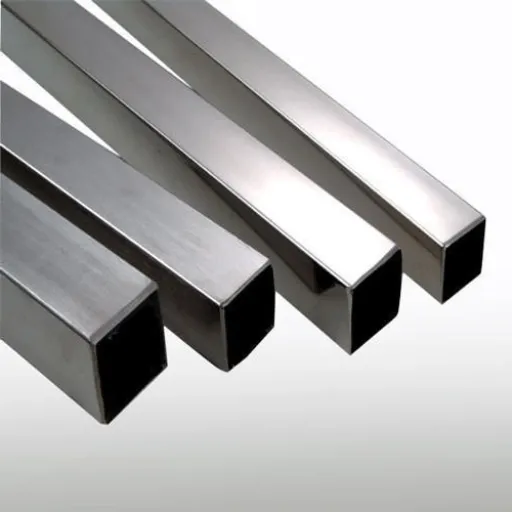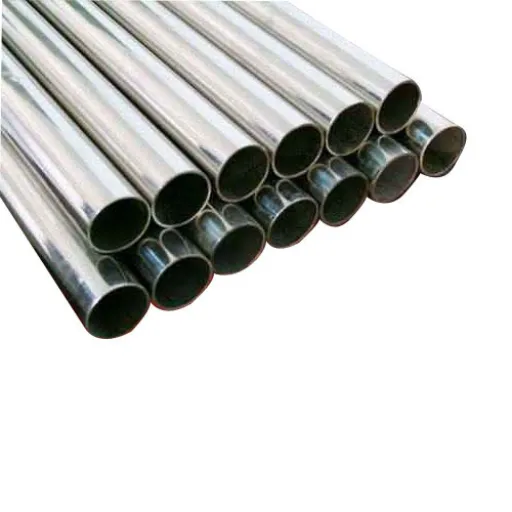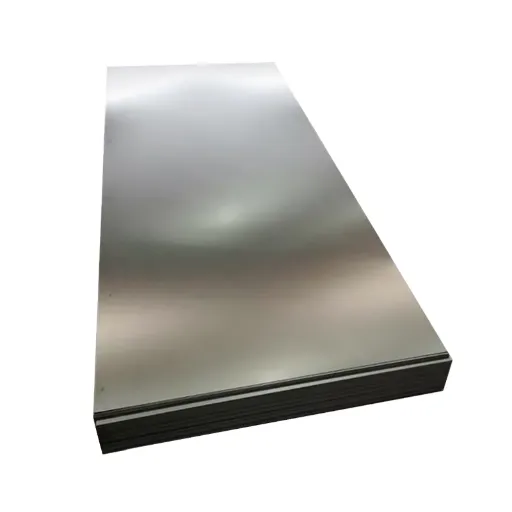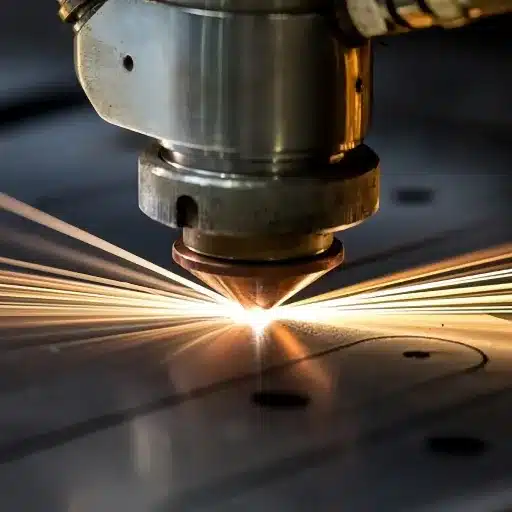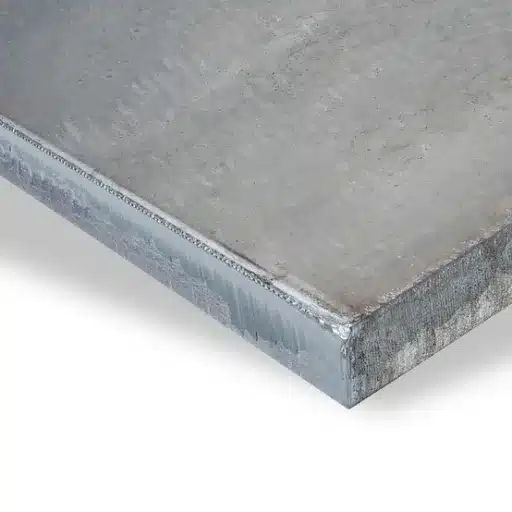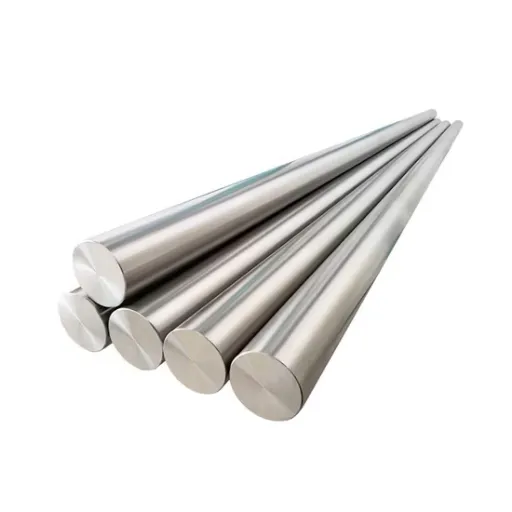Steel is such a versatile material in which it is further widely applied in just about all sectors of industry and daily applications. Still, not all steel is the same. Discussions on terms like merely plain steel, mild steel, and carbon steel may have befuddled understanding with respect to the differences between them and thus the importance for those differences. Therefore, the article enters upon the various properties, applications, and advantages of such types of steel. Whether you’re a venerable professional with a background in the construction field or an interested novice about how materials shape the world around us, our guide will provide you with an easy and crisp review. In the course of that, you will probably acquire a sound understanding of how much each of these steels stands different for modern innovation.
Understanding Plain Steel
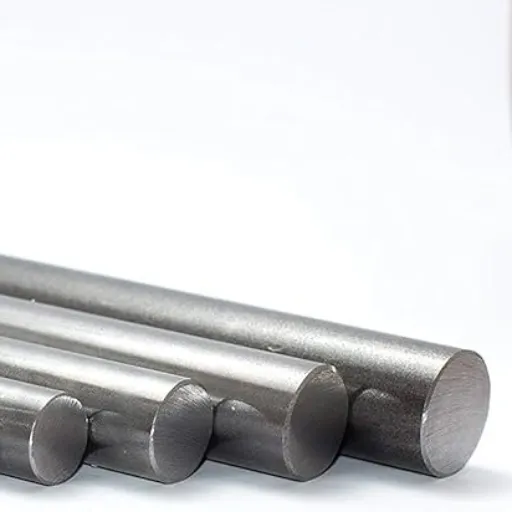
What is Plain Carbon Steel?
Plain carbon steel is a type of steel composed to the largest extent of iron and carbon and boasts trace amounts of other elements like silicon, manganese, and sulfur. The carbon content is typically in the range of 0.05 to 2.1%, making it the simplest and most widely used type of steel across the industries. The mechanical properties, that is, strength, hardness, and ductility of plain carbon steel are mainly influenced by the amount of carbon present: more carbon raises strength and hardness but drops the ductility.
The most remarkable trait of plain carbon steel is probably its cheapness and versatility. Thanks to its simple composition, it is easy to supply and hence, found in widespread utility in construction materials, automotive parts, pipelines, and tools. The bare carbon steel is responsible for in excess of 80 % of steel produced worldwide-discourse on its great dominance in the world of engineering and manufacturing.
Some Key Properties of Plain Carbon Steel
Properties in Manufacturing
Plain carbon steels show potential strength and toughness due to their microstructure being relatively balanced. As an illustration, the strength in tension could usually range between 400 MPa and 550 MPa, depending typically on the grade and processing methods. In addition, influencing force by even a high intensity of loud striking can be absorbed rapidly without the material being fractured, thereby implying a bearing application.
Machinability
The primary characteristic of plain carbon steel is that it can easily be machined. The bore steel with a lower carbon content considerably decreases the risk of diffusion during welding, hence giving a better joint. Moreover, with this content of carbon, the steel can be created into almost anything, such as rolling/steel cutting.
Limitations
Though carbon steel has some weak points, like susceptibility to corrosion, it is useful for its relative cheapness and all-purpose usefulness (in general). These days, rusting is considered a purely surface phenomenon. To protect the metal from rusting and corrosion in the first place, some protective coatings like grease or oil are used, and others that are more chemical-resistant like painting or galvanization are applied.
Comparing Steel Types
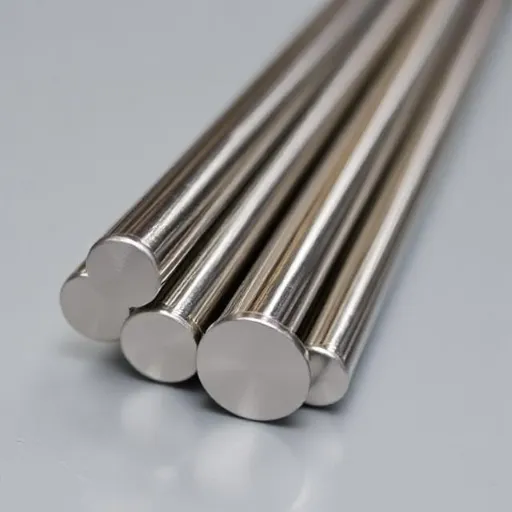
Plain Steel vs. Mild Steel
- Composition Differences
Plain steel usually refers to carbon steel, which has varying degrees of carbon up to 2.1% alongside common elements such as manganese, silicon, and sulfur. However, mild steel is basically low carbon steel with carbon content varying between 0.05% and 0.25%. The lower carbon content in mild steel makes it more malleable and ductile compared to plain steel with higher carbon.
- Strength and Hardness
Higher carbon composition in plain steel equates to increased tensile strength and hardness suited for applications intrinsically strong under load. This kind of application include machine parts, cutting tools, and structural components. As opposed to it, mild steel is marginally softer, offering additional ductility, and makes welding easier; hence, it’s used for things such as fabricating of automotive panels, projects on basic fabrication, and construction.
- Corrosion Resistance
Both common steel and mild steel are susceptible to rusting because of an important lack of enough alloying elements, such as chromium, while their lower carbon content makes it easier to apply coatings and galvanizing drawings to boost resistance to corrosion.
Plain Carbon Steel vs Carbon Steel
Comparing untreated carbon steel to other types of carbon steel, it should be clear how different their compositions are and how they are applied. Plain carbon steel is made almost solely of iron and carbon with minute additions of alloying elements. Its highly desirable strength, toughness, and relative designarily allows it effectively to be used in structural parts, pipeline systems, motorcar members, etc.
At the same time, carbon steels are divided into three canonical categories based on their carbon content—low-carbon steel (mild steel), medium-carbon steel, and high-carbon steel. Each of these variations offers unique properties and is suited for specific applications. As an example, low-carbon (mild) steel, with less than 0.3% carbon content, is highly malleable, coupled with its weldability, and so is used particularly for large-scale construction projects requiring flexibility. Medium-carbon steels, containing 0.3%–0.6% carbon, are valuable in that they balance both strength and ductility and are commonly applied in machinery parts. On the other hand, high-carbon steels with carbon content over 0.6% have high hardness and good edge retention and are suitable for cutting tools and high-strength applications.
Advantages and Disadvantages of Plain Steel
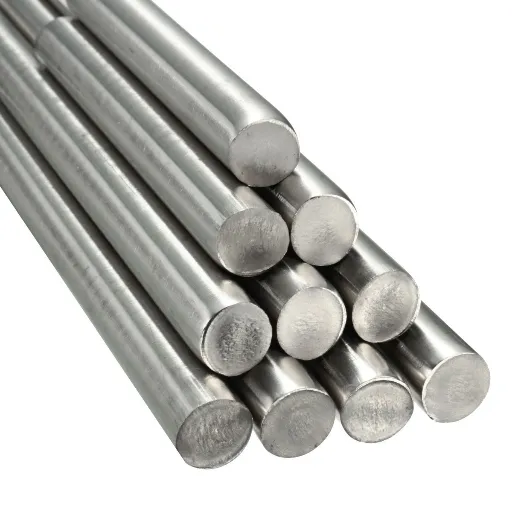
Benefits of Using Plain Steel
Economically Feasible
Plain steel costs very much less in terms of regular steel, alloy, or stainless steel. The most cost-effective option for massive constructions is the plain steel method. Reports from the industry indicate that different brands of plain steel may have more or less 30%-50% difference in price compared to other competing metals for different end-use applications. The cost efficiency of the material is uplifting for builders, car manufacturers, and general engineering applications.
Fabrication Friendliness
The level of workability this material offers makes cutting, welding, fabricating appear like the effortless routines of everyday life. Its permanence is incorporated into cost and time savings with the ease of sudden compiling of projects by producers.
High Tensile Strength
Plain steel is made by mixing a reasonable ratio of carbon and its structural quality gets endowed with the additional glue for standing up to issues equally arising from pressure and fatigue. This metal has its tensile strength typically running between 400 and 550 MPa and thus remains suitable for structural parts such as beams, frames, machine pieces.
Disadvantages and Limitations
Though plain steel is versatile, it also comes with disadvantages and limitations that industrial buyers should be aware of. One is the material’s susceptibility to corrosion, especially in humid or saline environments-that is, if left untreated. According to the latest industrial data, untreated plain steel can begin to show hints of rust within days under difficult conditions, thereby slowly weakening the overall integrity of the material.
Even in terms of density, plain steel is rather heavy, and this might make it heavier than aluminum and composite alternatives. Designers and engineers have to take into account that this means transportation and handling expenses go relatively higher when working out for large-scale applications. It is known to generate safe fuel costs when switched to lightweight materials, though certain studies suggest lightweight materials can reduce the overall weight of an entire structure by as much as 30%.
Maintenance and Care for Steel Products
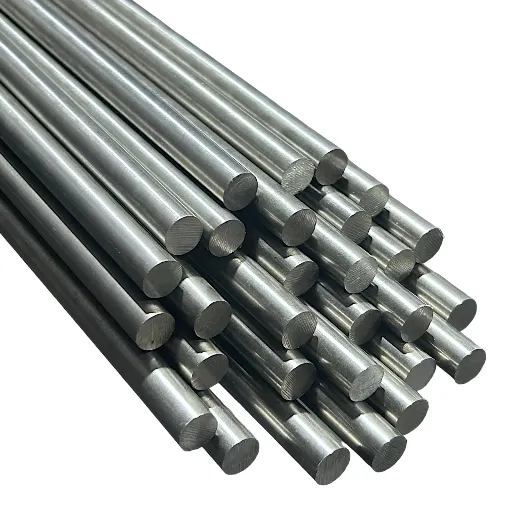
Maintenance Tips for Plain Steel
Keep Them Clean
The clean environment nullifies the chances of corrosion, as grease, dirt, and debris implicate and hasten the corrosion attack, so they need to be removed. Use a soft cloth or brush with warm water and mild detergent. Do not use cleaners containing chlorine, as they will erode steel surfaces.
Protective Coatings
Defensive measures like oiling, painting, or waxing are much-needed for counteracting corrosion by thoroughly saving it from its gravest cause of moisture. Extend this step further by applying specialized anodic-cathodic protection or passive coatings for outdoor protection, which are again the best options available at present.
Environmental Control Tips
This mode of corrosion is accelerated by high humidity and moisture. The best way to protect mild steel is to keep it as dry as possible; alternatively, use a dehumidifier to keep the humidity inside.
Heat treatment methods
- Annealing
Annealing on metals is done to reduce the hardness of the material, enhance ductility, and relieve internal stress. The metal is heated to a particular temperature and allowed to cool slowly for such a process to be completed. For instance, a mild carbon steel would optimally be annealed at 660-760 C (1220-1400F) depending on whether the improvement in ease of machining or decreased brittleness is required in a structure.
- Quenching
Quenching is performed on metals after they have been heated at high temperatures and then quickly cooled using the use of water, oil, or air. This is the most common way to increase hardness and strength, but at the cost of reducing ductility. The latest development shows that, through controlled cooling rates of certain alloys, one can achieve ultra-high-strength steels that exceed the tensile strength of 2000MPa, an attractive choice for automobile and aerospace applications.
- Tempering
An interim heat treatment carried out to modify the strength and machinability of hardened materials is called tempering, the temperature varying from 400°–1,200°F (200°–650°C). The treatment alleviates the nettled effects and upgrades ductility and tensile strength of the quenched product. Modern tempering techniques have given a better combination of strength and ductility that can do wonders with tool steels, extending service life when high hardness is required, as in cutting and forming operations.
Flat Bars and Steel Tubing

Uses of Steel Flat Bars
Construction Industry: Steel flat bars are used to build structural frames, column bases, reinforcement slabs, etc. Their excellent strength-to-weight ratio makes them ideal for creating strong structures such as bridges, staircases, and base plates.
Automotive Sector: The automotive industry is a key player in using flat bars for chassis, mounting brackets, and exterior body panels. High tensile strength and malleability are key for better performance and safety.
Manufacturing Applications: Flat bars are the essential building blocks in tools, heavy machinery, and fabricating parts. Their machinability simplifies reducing manufacturing cost, leading to greater productivity.
Steel Tubing General Overview
Steel tubing is a highly versatile material used in a wide range of industries thanks to its strength, durability, and adaptability. It comes in any specified shape, such as rectangular, round, or square, according to the demands of specific applications. Two principal kinds of steel tubing are usually noted: seamless tubing and welded tubing. Seamless tubing is created with uniform structure and added resistance to pressure due to the absence of any welded seam, and welded tubing is cheaper, as the edges of steel strips are welded together.
Applications of steel tubing span across the constructions, automotive, and energy sectors. It is a fundamental material in building frameworks, scaffolding, and pipelines, thanks to its excellent load-bearing properties. Additionally, in the automotive industry, steel tubing is commonly utilized in exhaust systems and structural components due to its lightweight yet robust nature. The global steel tubing market was valued at approximately $14 billion in 2022 and it is expected to grow significantly, primarily because of increased demand from emerging economies and technological advancements occurring in production methods.
Reference Sources
-
Wikipedia – Carbon Steel
This source explains plain-carbon steel (also known as mild steel) as a type of low-carbon steel, highlighting its strength, toughness, and characteristics.
Read more here -
Metal Supermarkets – Mild Steel
This article describes mild steel, often referred to as plain-carbon steel, and its low carbon content, making it versatile and widely used.
Read more here -
Steel Pro Group – Plain Carbon Steel
This source details the composition of plain carbon steel (0.05% to 2.0% carbon), emphasizing its balance of ductility, strength, and cost-effectiveness.
Read more here
Frequently Asked Questions (FAQs)
How is A36 steel classified with reference to carbon content?
A36 steel is a known form of carbon steels having a relatively low tensile strength and forged well. Most often, its accessories are used in the construction field, where it readily accepts cutting and conditioning due to its very mechanical properties. Being about 0.26% Carbon, A36 steel has certain properties that render it a suitable material for different construction and construction-like projects.
How do these types of heat treatments have an impact on plain steel?
Sophisticated materials that are subject to heat treatment can show maximal improvement in properties such as surface hardness against wear by creating a harder, brittle structure. The main ferrous metals are extensively enhanced by proper heat treatment. These are many uses that demand good mechanical properties, producing steel really stronger and harder.
What is the typical content of carbon for mild steel?
Plain steel, particularly A36, one of the leading strengths to use in construction, skein torsion and bending under relative cost and great mechanical properties. Due to its strength and toughness, steel columns are mostly used. Thus, it can be shaped into any required shape.
How does the chemical composition in different plain steel grades affect mechanical properties?
The mechanical properties of ordinary steel, including yield strength and hardenability, are influenced by the presence of carbon and other alloying elements such as nickel. Additional amounts of carbon just improve the strength but could seriously negate the ductility required for maintaining suppleness, as in some applications.

